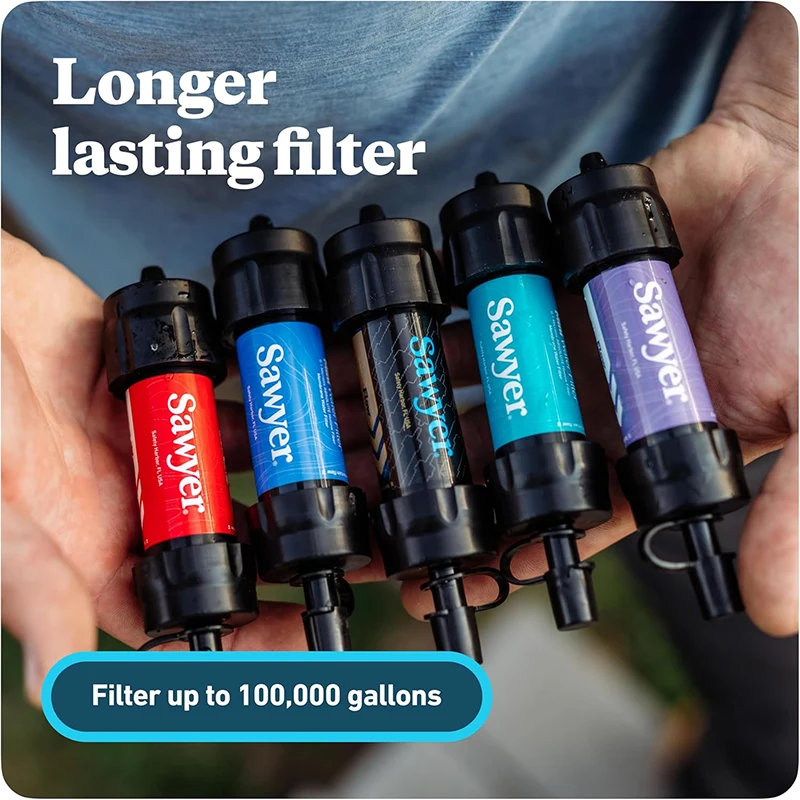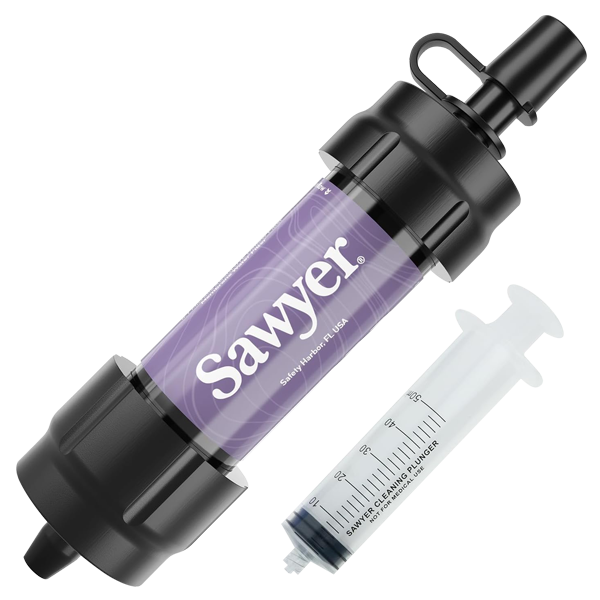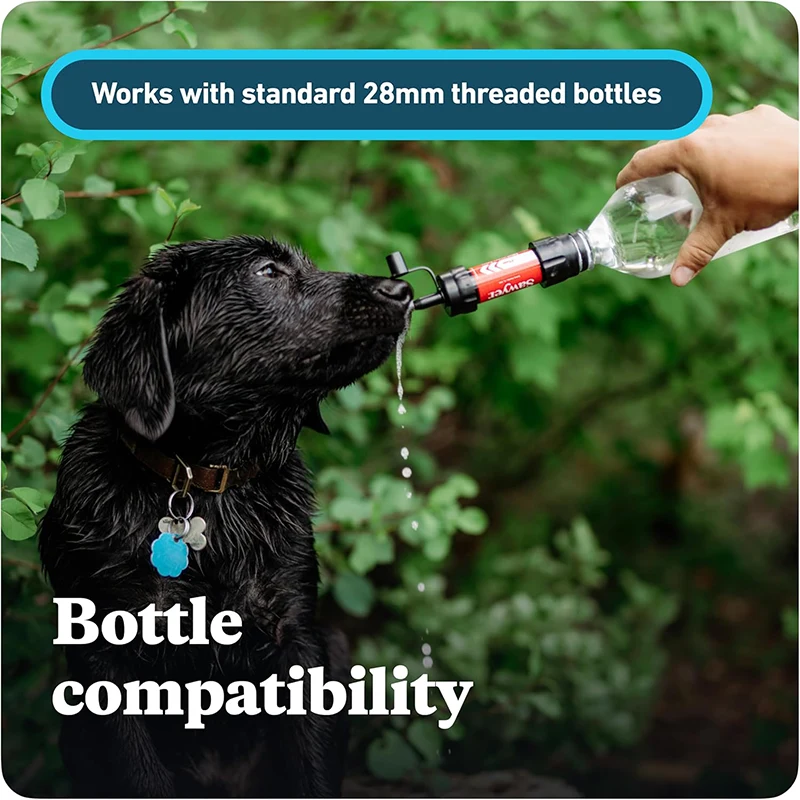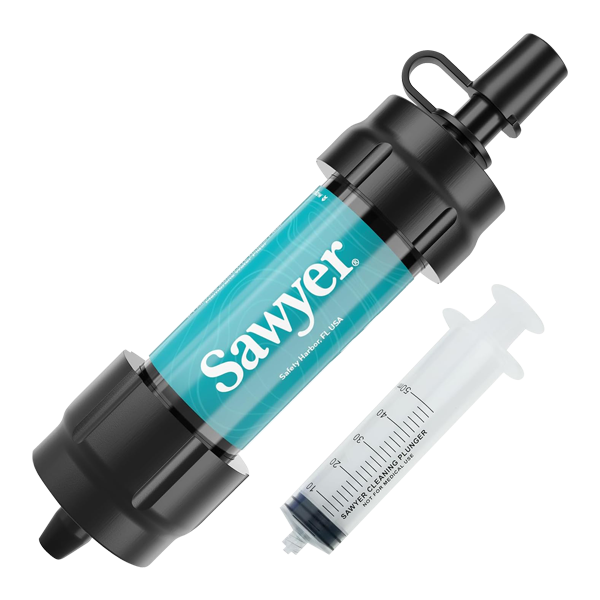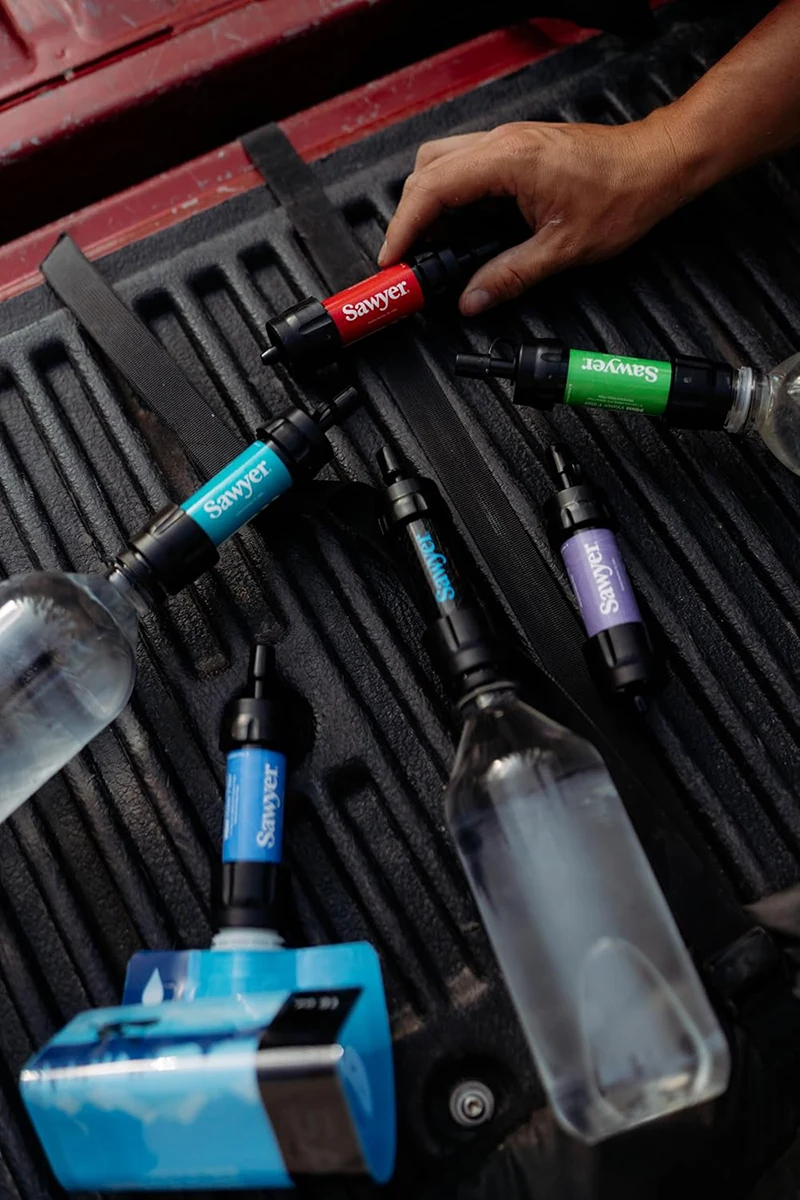


文と写真 クリスティン・リード.
Summit Fever is the overwhelming desire to reach the top of a mountain. It can cause sane, rational people to make poor choices in the name of bagging a summit. As if you could walk up to the summit of a mountain, stuff it in a bag, and carry it home to be displayed on your mantle.
This all-or-nothing attitude is well-known in the Death Zone, above 8000m, and has been written about extensively in books about Everest and the Himalayas. But it can be just as fatal on our lower mountains here in the US.
As a Colorado resident or visitor, you’d be hard-pressed not to hear about the coveted Colorado 14ers—58 peaks reaching 14000 feet or higher, which are seen as everything from a fun way to spend a Saturday to a right of passage for anyone who dares call himself a Coloradan to a checklist for those who need more direction on how to spend their summer (or winter) season.


エベレストでは、サミット・フィーバーによって登山者は酸素不足に陥ったり、嵐に巻き込まれたり、あるいはいったん「登頂」した後、どのように山頂から下山するかを考えずに、自分の身体能力を絶対的な限界まで高めてしまうかもしれない。コロラドの14erでは、危険は驚くほど平行線をたどる。標高14000フィートの低酸素濃度は、生命を脅かす高地肺水腫(HAPE)や高地脳浮腫(HACE)の原因となりうる。ロッキー山脈の午後の雷雨は、ハイカーが樹林帯の上にいると危険なことで有名だ。
。先週末、サンファン山脈のエオルス山の山腹をハイキングしながら、私はそのとげとげした稜線と最も高く険しい突起について考えた。そのそびえ立つ姿は私を恐怖で満たした。逞しく、美しく、誇り高く、強い。


エオルス山の斜面をトレッキングする数時間の間、私は何度も引き返そうと考えた。パートナーと私は空をよく見ていた。私たちはその日のかなり早い時間からハイキングを始め、午前10時頃には山頂を離れる予定だったが、空は不吉な白濁と濃い灰色の間を移り変わっていた。午後の雷雨は早めの上陸を考えているようだった。大気が微妙に変化するたびに、私たちは選択肢について話し合った。樹林帯の上空をどんどん上昇しながら、私たちは警戒を怠らず、常に下山する準備を整えていた。
標高12000フィート以上では、私はハイキングのパートナーとペースを合わせるのに苦労した。前日、重いザックを背負って7000フィートから10000フィートまで登ったとき、私たちはうまく歩調を合わせていた。しかしこの高度になると、息は荒くなり、心臓は胸の中でドキドキし、足は重くだるくなった。私は4分の1マイルごと、それから10分の1マイルごとに休憩を取り、エオルス山とエオルス山の間の最後の鞍部に近づくにつれ、10~15歩ごとに呼吸を止めた。天候が回復すれば、息のできる標高の高いところまで恥ずかしげもなく退避できるのに、と密かに願う自分もいた。

最後の尾根にたどり着いたとき、私はIII級の地形に対する自分の快適さを疑った。私にとっては初めてのIII級山頂だが、ハイキング・パートナーのほうがはるかに経験豊富で、彼女がリードしてくれることをうれしく思っていた。とはいえ、この標高にはたくさんのケルンがあり、ルートファインディングはほとんど必要なかった。岩だらけの稜線を歩きながら、私はトレッキングポールを捨てて手を使った。ほぼ常に3点でのコンタクトを保ちながら、いくつかの露出した場所で呼吸を整えた。
サミット・フィーバーとは正反対で、サミット・フライト、あるいはサミット・フォアボッディングとでも呼ぶべきものだった。
山頂からはどこまでも見渡すことができた。サンファン山脈は無垢で広大だ。ちょうど向かい側には、翌日に登頂を予定していたもう2つの14峰、サンライトとウィンドームがそびえ立っていた。しかしエオルス山の頂上に立つと、私は完全で満たされた、満足した気分になった。私にはもう登頂も、バッグの中のもうひとつのピークも必要なかった。
もう十分だった。
もう十分だった。


著者について
クリスティン・リードが長距離バックパッキングに出会ったのは、仕事中にネットサーフィンをしていたときだった。その日、彼女はアパラチアン・トレイルのスルーハイクに挑戦することを決めた。そして数年後、彼女はマウント・レーニア国立公園のワンダーランド・トレイルを目指した。
彼女のRugged Outdoors Womanというペルソナは、彼女がなりたかったアウトドア冒険家になぞらえたジョークとして始まった。しかしそれ以来、彼女はバックパッカー、ロッククライマー、トレイルランナーとして本領を発揮してきた。彼女の著書『アローン・イン・ワンダーランド』は、なりたい自分を名づけ、それを実現する決断の証である。
チームから
スクワッドメンバーやアンバサダー、ブランドパートナー、ソーヤーチームなど、私たちのコミュニティとのキャンプファイヤーでの会話。










